At BRAFA, surrealist paintings and contemporary sculpture take center stage
One of Europe’s oldest and most prestigious art fairs is currently underway in Brussels.
Estimated reading time: 5 minutes.
Belgium’s fine art fair BRAFA — one of the oldest and most prestigious in the global art circuit — opened this week and with it, a new art fair season has now kicked off. BRAFA will be at Brussels Expo until Sunday evening and it is, in my opinion, absolutely breathtaking.
BRAFA is one of two European fairs that bring together art spanning centuries, showing everything from antiques to Renaissance masterpieces to modern staples and alllll the way to contemporary rule-breakers. It makes for some funny pictures when a contemporary art booth gets placed next to one displaying French vases from the court of Louis XIV.
The other similar one is TEFAF, taking place in March in Maastricht. The fact that there are two of them and so close to each other geographically is a testament to the strong collector base Belgium boasts.
Visiting BRAFA this year you will see 10,000 works, displayed by 132 galleries from 14 different countries. A third of said galleries are Belgian. Last year, 65,000 participants were recorded and similar numbers are expected this time around.
Because this year marks the 100th anniversary of surrealism — an occasion covered by this newsletter back in December — this edition has a heavy surrealism focus, showing in particular works by Belgian artist Paul Delvaux.
BRAFA has one of the most robust vetting processes in the art market. All the works on display have been seen and examined by a group of experts who ensure their authenticity, which in turn ensures buyers they won’t be duped when making a (substantial) purchase.
While most attendees are there to look, as in a museum, several galleries have reported decent sales already. One Paris-based gallery reported selling a 16th century painting for 150,000 euro. It was one of the few to share prices — they are generally very hush hush, which is why the art world is perpetually criticized for not being transparent.
This inverted vase, the entire weight of which rests on a single tulip, was one of my favorites.
I also loved a booth that was entirely dedicated to Belgian cartoonist Philippe Geluck, the mastermind behind the only cat I’ve ever cherished: Le Chat. One of the staples of Belgian comics much like Tintin and that cowboy whose name I forget, Le Chat originally appeared in the paper Le Soir before transcending its borders to become an icon on its own. (Mr. Chat if you’re reading this, buy me dinner sometime.)
On Wednesday, the gallery’s director pointed around to the works on display and told me most of them had sold.
On the modern art side of things, I saw a wall of works by Andy Warhol, some by Fernando Bottero (to be expected since he died last year) and some fun Vasarely optical illusions. And of course, a couple works by Magritte and Italian surrealist Giorgio de Chirico.
Surrealism definitely had a strong impact on the course of art history, it went beyond being a mere current to becoming a way of life.
But the most important art movement of the 20th century was in fact Pop Art (think Warhol, Roy Lichtenstein) which manifested in the 60s and is considered the turning point from modern to contemporary art. It presented daily life with an honesty never before seen.
In his book on Pop Art, critic Alastair Stooke has a line that I think perfectly captures why it was such a shocking, radical movement at the time — and how massively different contemporary art overall is to everything that came before it:
“European stiffness and seriousness that used to be associated with high culture had been chucked out for good.”
Antique art, the Renaissance, Impressionists, all followed a certain set of guidelines and a certain morality. Contemporary art threw all that out the window; it exists in direct antithesis to everything that came before it.
So to see it under the same roof as everything that came before it, to witness the span of European art history, from antique ceramics to paintings that have barely dried, is a truly unique experience.
A unique experience that you can repeat next month in Maastricht.
Happening soon
If you’ve ever listened to a symphony that sounded like a storm and an apocalypse were coming towards you all at once, that was likely Prokofiev. The Bozar is dedicating a festival to him this weekend.
An exhibit of Ukrainian photography spanning three generations has opened at the Hangar space in Brussels and will run until the end of March.
Next week the Affordable Art Fair — the polar opposite of BRAFA, basically, but equally exciting — is taking place at Tour & Taxis. February 7-11th.
Enjoy your weekends,
Ana


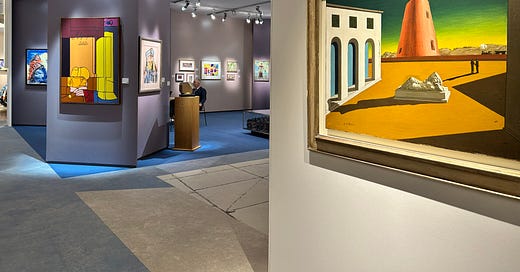

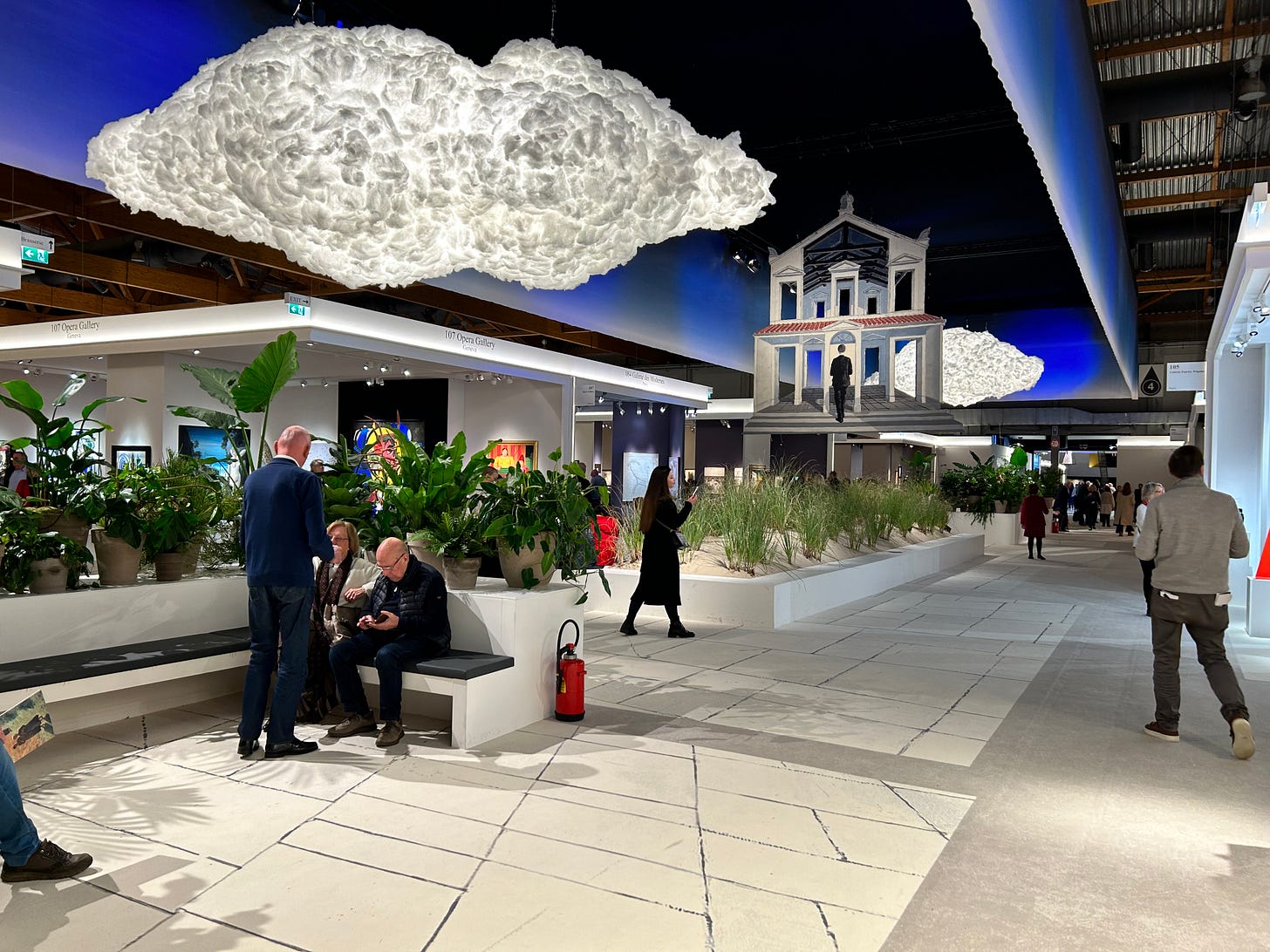
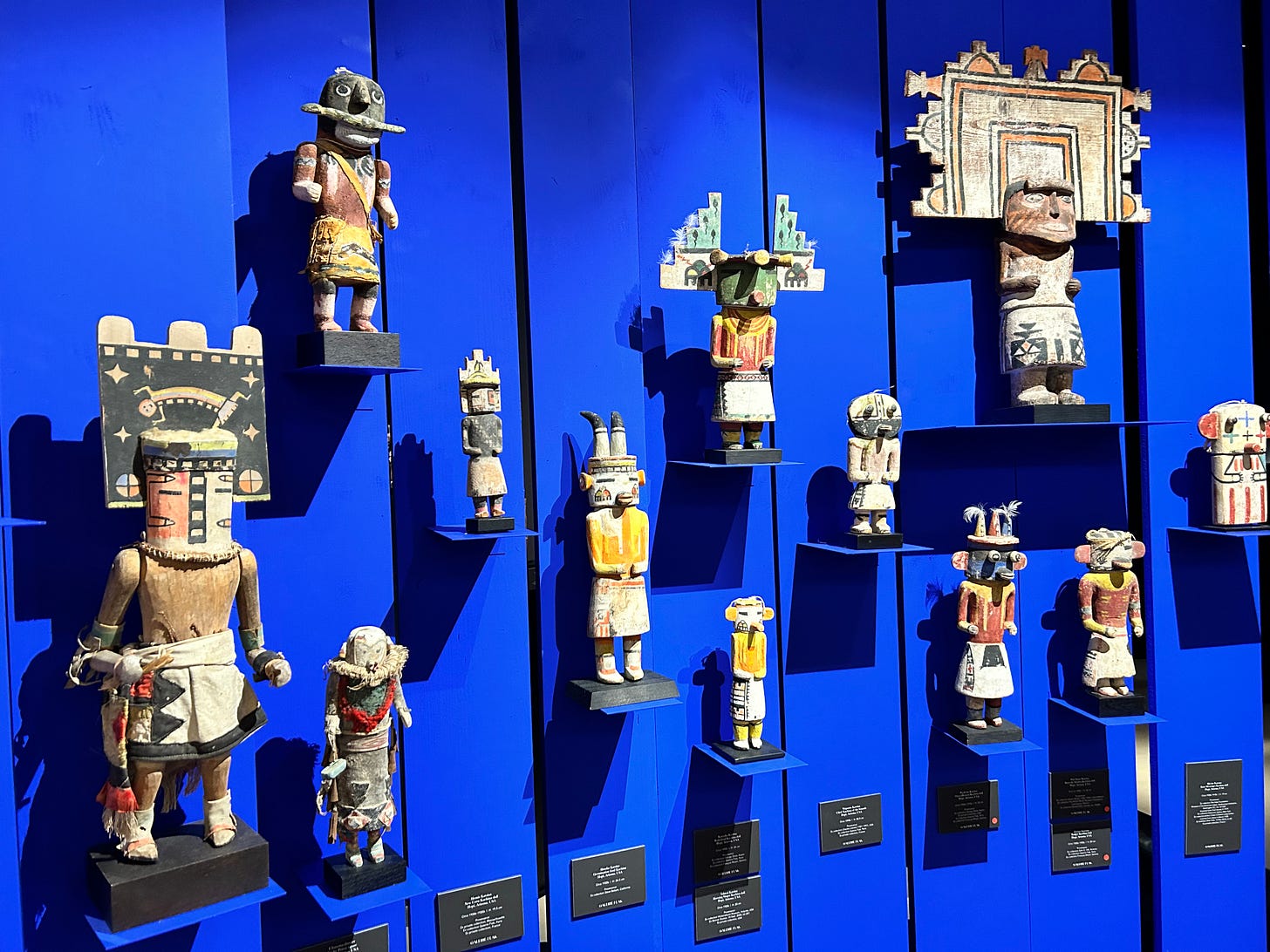

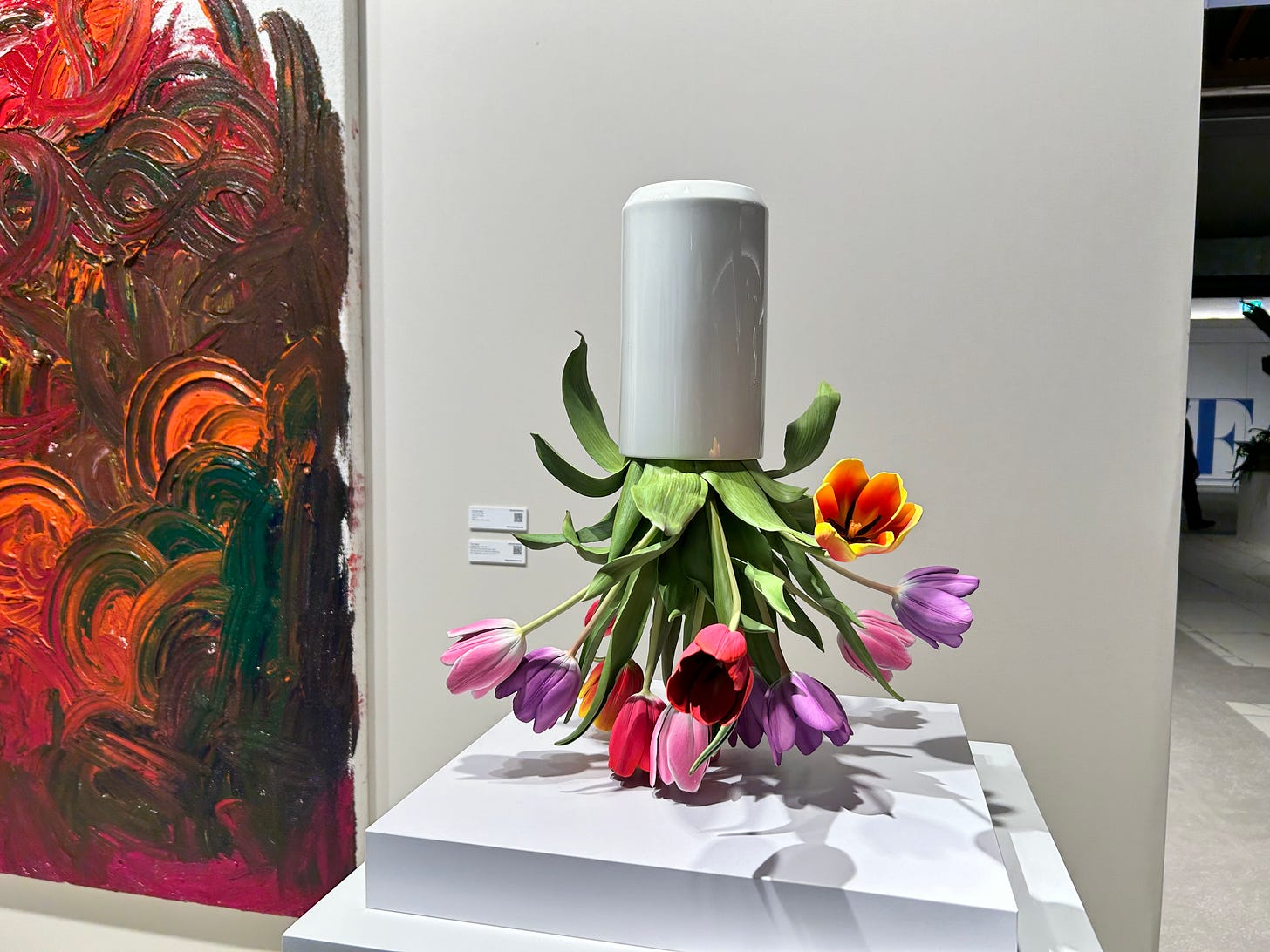
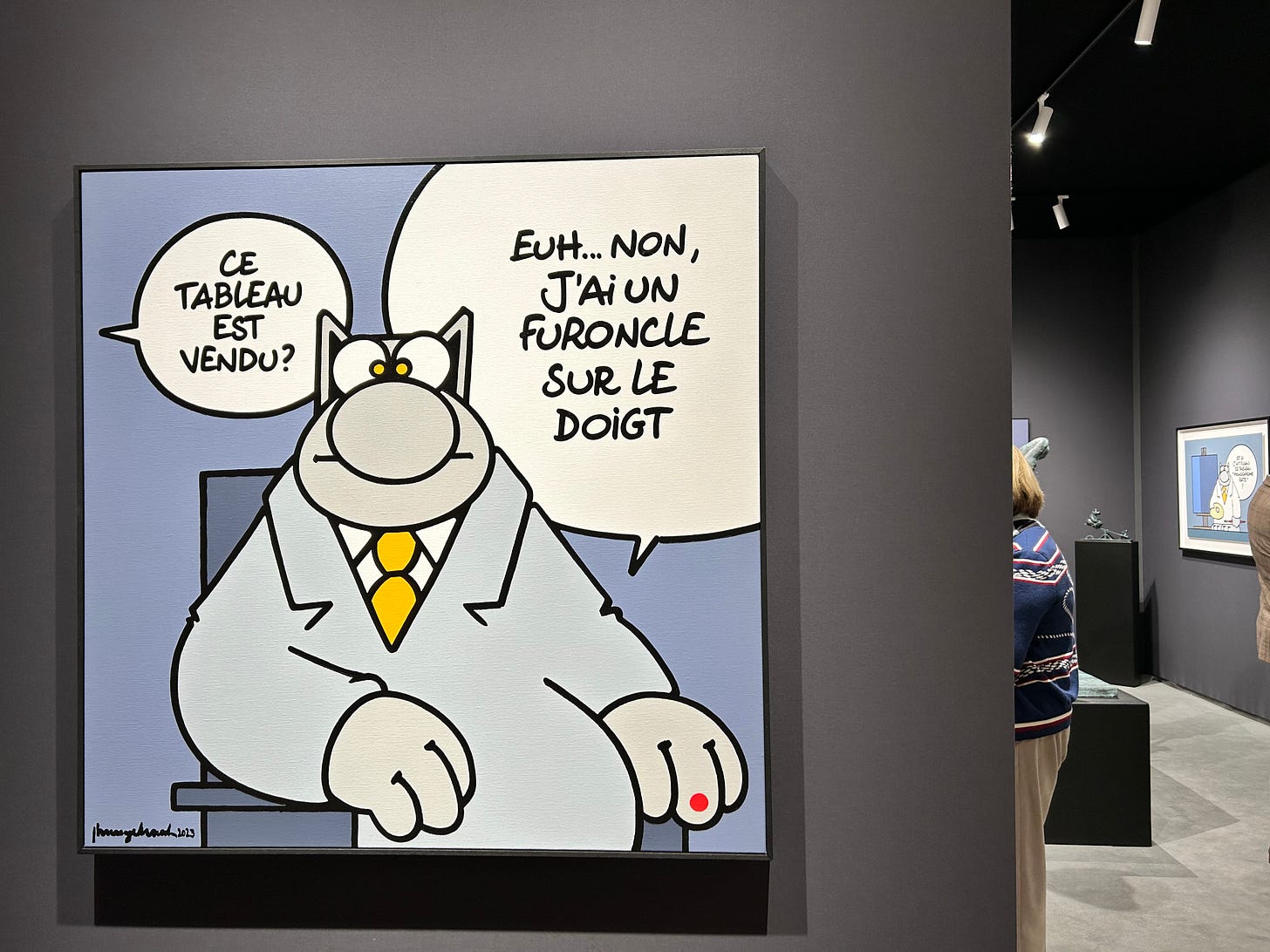
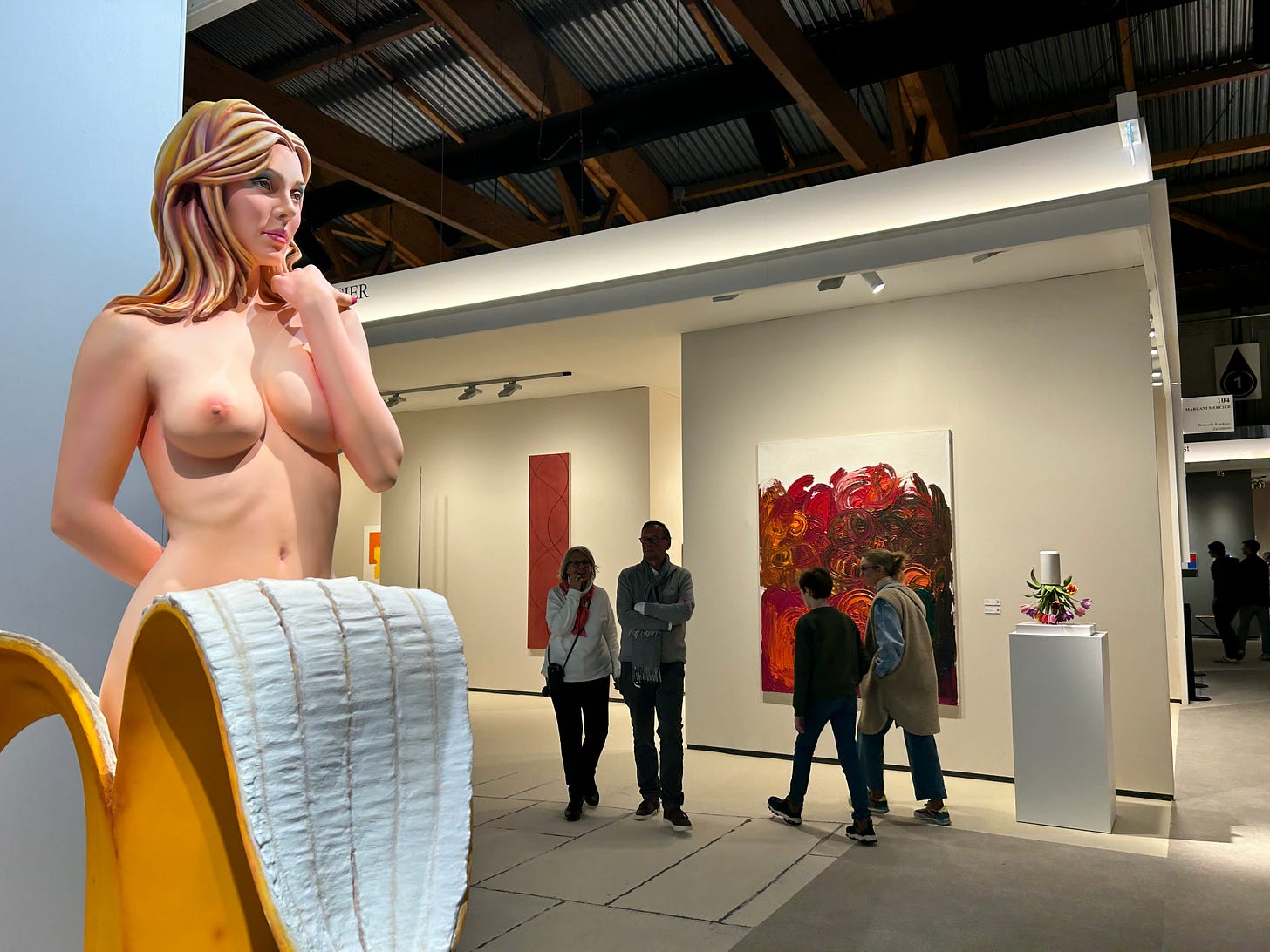
Always wonderful reading, Ana. Congratulations.